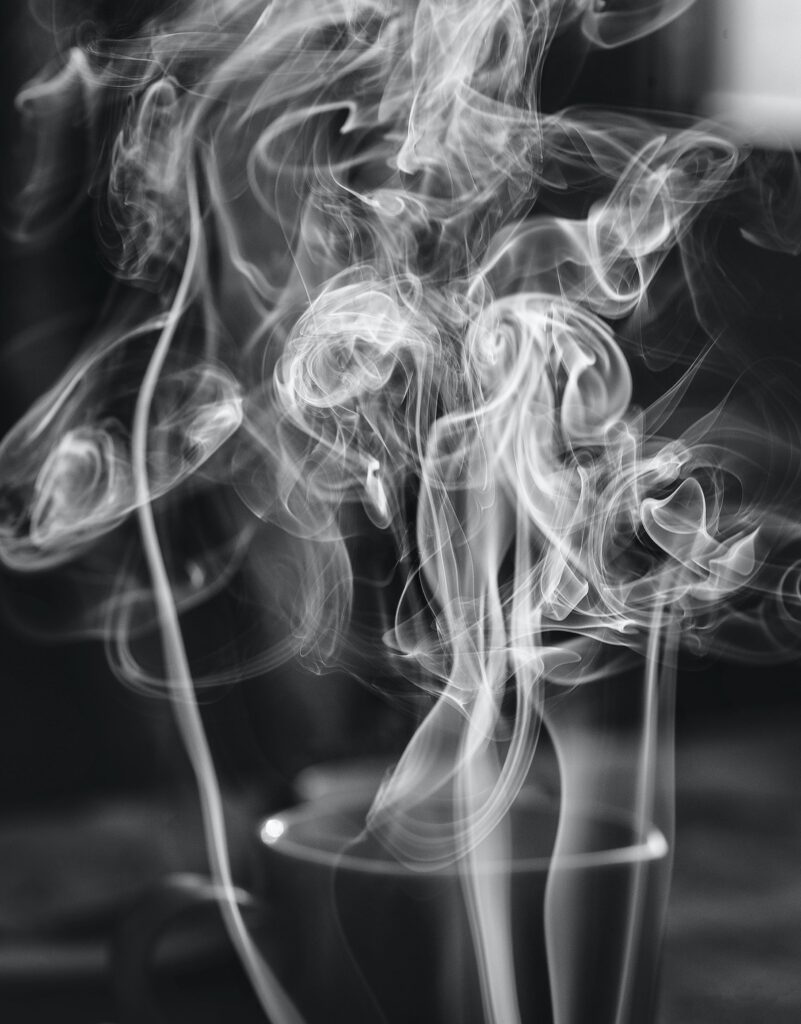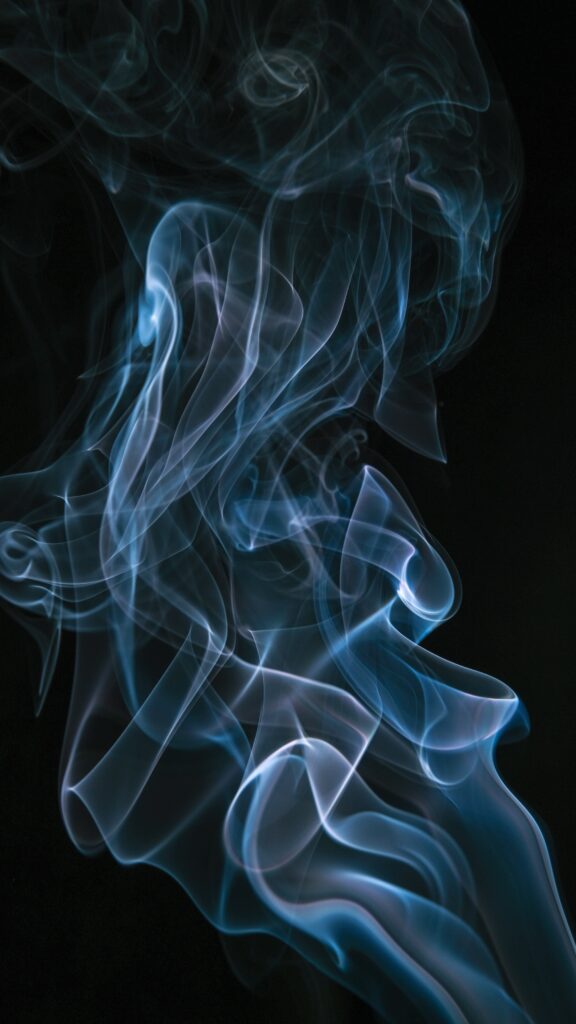Have you ever noticed white smoke billowing out of your car’s exhaust? If so, you’re not alone. Many drivers have encountered this puzzling phenomenon and have wondered what could be causing it. In this article, we will explore the possible reasons behind the appearance of white smoke from your exhaust, helping you understand what might be going on under the hood of your vehicle. So, if you’ve ever asked yourself, “Why is white smoke coming from my exhaust?” – keep reading to find out the answers you’re looking for.
Understanding Exhaust Smoke
Exhaust smoke can provide crucial insights into the health and performance of your vehicle’s engine. By observing the color of the smoke, you can identify potential issues and take timely action. In this comprehensive guide, we will delve into the different colors of exhaust smoke, focusing specifically on white smoke. Understanding the causes and implications of white exhaust smoke will empower you to make informed decisions about your vehicle’s maintenance and ensure its longevity.
Different Colors of Exhaust Smoke
Exhaust smoke can manifest in various colors, each indicative of specific underlying problems. While white smoke is often associated with certain issues, it is essential to consider other colors as well. Here, we will concentrate on the causes and implications of white exhaust smoke, helping you identify potential problems and take appropriate action.

What White Smoke Indicates
White smoke can be a sign of several different issues occurring within your vehicle’s engine. It is important to distinguish between different causes to determine the severity of the problem accurately. Here are the most common causes of white exhaust smoke and how to identify them.
Common Causes of White Smoke
Condensation
One common cause of white smoke is simple condensation within the exhaust system. This typically occurs when the engine is first started, especially in cold weather. As the engine warms up, the white smoke dissipates quickly. It is important to note that this white smoke is usually harmless and does not pose any significant threat to your vehicle’s engine.
Coolant Leak
Another cause of white smoke is a coolant leak into the combustion chambers or exhaust system. When coolant mixes with the exhaust gases, it produces white smoke that is often accompanied by a sweet smell. The presence of white smoke even after the engine has warmed up may indicate a more significant issue that requires attention.
Transmission Fluid Leak
In some cases, white smoke can be a result of a transmission fluid leak. If the transmission fluid enters the combustion chambers, it can create a white smoke that has a distinct burnt odor. This is a serious issue that demands immediate attention, as it can lead to irreparable damage to your vehicle’s transmission system.
Fuel Pump Problems
White smoke can also stem from fuel pump problems, such as a malfunctioning fuel injector. If the injector fails to deliver the proper amount of fuel, it can cause incomplete combustion, resulting in white exhaust smoke. It is important to address these fuel pump issues promptly to prevent further damage to your engine.
Identifying Condensation
While condensation can commonly cause white exhaust smoke, it is necessary to recognize the signs and differentiate it from more severe problems. By understanding the characteristics of condensation-related smoke, you can avoid unnecessary concern and accurately identify potential complications.
Signs of Condensation
Condensation-related white smoke is usually most noticeable when starting your vehicle, especially on colder days or after it has been sitting idle for an extended period. The white smoke should dissipate quickly as the engine warms up. If the smoke persists for an extended period or occurs even after the engine has reached operating temperature, it may be an indication of a more serious problem.
How Condensation can be Mistaken for a Serious Problem
In certain situations, condensation-related white smoke can be mistaken for significant engine issues, causing undue alarm. It is crucial to differentiate between condensation and other causes. Pay attention to the duration and smell of the smoke to determine if further investigation is necessary.
How Weather Affects Condensation
Weather conditions, particularly cold temperatures or high humidity, can increase the likelihood of condensation-related white smoke. If you live in areas with colder climates or experience high humidity, it is normal to observe more pronounced white smoke during certain times of the year. By understanding how weather affects condensation, you can differentiate it from other causes and alleviate unnecessary concerns.

Recognizing a Coolant Leak
A coolant leak can be a more serious cause of white exhaust smoke, requiring immediate attention to prevent extensive engine damage. Recognizing the signs and understanding the potential consequences of a coolant leak will enable you to respond promptly and minimize any further harm.
Symptoms of a Coolant Leak
Beyond the presence of white smoke, several other symptoms may indicate a coolant leak. These include a sweet smell, consistently low coolant levels, overheating engine, or coolant stains under your vehicle. If you notice any of these symptoms in conjunction with white exhaust smoke, it is crucial to address the issue promptly.
Potential Engine Damage Caused by a Coolant Leak
Ignoring a coolant leak can lead to severe engine damage. Coolant mixing with the combustion chambers or exhaust system can lead to decreased engine performance, loss of power, potential head gasket failure, and even engine overheating. To avoid exacerbating the problem, it is essential to diagnose and resolve coolant leaks promptly and effectively.
How to Confirm a Coolant Leak
If you suspect a coolant leak, there are a few steps you can take to confirm the issue. Begin by visually inspecting the engine for any signs of leaking coolant or coolant stains. Additionally, monitor the coolant levels regularly and check for any rapid coolant loss. If you are unable to identify the source of the leak yourself, it is advisable to seek professional help to diagnose and resolve the issue.
Diagnosing a Transmission Fluid Leak
A transmission fluid leak can be a severe issue leading to extensive damage if not identified and addressed promptly. Knowing how to discover a transmission fluid leak, understanding its potential consequences, and following the diagnostic steps will help you mitigate any further harm and ensure the longevity of your vehicle’s transmission system.
Discovering a Transmission Fluid Leak
A visible pool of red or reddish-brown fluid underneath your vehicle or along the transmission pan is a clear indication of a transmission fluid leak. In some cases, the transmission fluid may spray onto the exhaust system, resulting in white smoke. If you notice this combination of white smoke and a reddish fluid leak, it is crucial to take immediate action.
Damages Caused by a Transmission Fluid Leak
Ignoring a transmission fluid leak can lead to significant damages. Insufficient transmission fluid levels can cause overheating, decreased lubrication, and ultimately, transmission failure. It is crucial to diagnose and resolve the transmission fluid leak promptly to prevent costly repairs or the need for a complete transmission replacement.
Steps to Diagnose Transmission Fluid Leak
If you suspect a transmission fluid leak, there are a few steps you can take to diagnose the issue accurately. Begin by carefully inspecting the transmission fluid level and appearance. Low or discolored fluid can indicate a leak. Next, visually examine the transmission components and surrounding areas for any signs of leakage. Should you notice any abnormalities or are uncertain about the source of the leak, it is advisable to consult a professional mechanic for a thorough diagnosis and repair.

Resolving Fuel Pump Issues
Fuel pump problems can contribute to the production of white exhaust smoke and should be addressed promptly to avoid further complications. Recognizing the signs, understanding the potential effects, and implementing the necessary repairs will help restore your vehicle’s performance and prevent more extensive damage.
Signs of Fuel Pump Troubles
Several signs can indicate fuel pump problems that may lead to the presence of white exhaust smoke. These include engine misfires, decreased fuel efficiency, difficulties starting the vehicle, or a significant loss of engine power. If these symptoms occur alongside white smoke, it is essential to investigate and resolve the fuel pump issues promptly.
Effects of Fuel Pump Problems
A malfunctioning fuel pump can lead to incomplete fuel combustion, resulting in white exhaust smoke. Additionally, fuel pump issues can cause engine misfires, decreased overall performance, and potential damage to other engine components. It is crucial to address fuel pump problems promptly to prevent more severe engine damage and costly repairs.
Fixing Fuel Pump Issues
Repairing fuel pump problems typically involves replacing the faulty components. Depending on the extent of the damage, it may be necessary to replace the entire fuel pump assembly. While some minor fuel pump issues can be resolved by experienced DIY enthusiasts, it is generally recommended to seek professional assistance for more complex repairs to ensure the proper functionality of your vehicle’s fuel system.
Preventive Measures
While understanding the causes and implications of white exhaust smoke is crucial, adopting proactive preventive measures can help you maintain your vehicle’s performance and minimize the risk of encountering such issues. By following these preventive measures regularly, you can extend the lifespan of your vehicle and avoid costly repairs.
Routine Car Maintenance
Adhering to a regular car maintenance schedule is one of the most effective ways to prevent white exhaust smoke and other potential problems. Regularly changing engine oil, maintaining coolant levels, inspecting and replacing filters, and following the manufacturer’s recommended maintenance intervals will keep your vehicle in optimal condition and prevent issues that may lead to white exhaust smoke.
Regular Inspections
Routine inspections can help you identify potential issues before they escalate. Regularly inspecting your vehicle’s exhaust system, coolant reservoir, transmission components, and fuel pump can detect any signs of leaks or damages. If you notice any abnormalities or are unsure about the source of a particular issue, consulting a qualified mechanic can help diagnose and address the problem promptly.
Importance of Timely Repairs
The moment you suspect any abnormalities, such as white exhaust smoke, it is crucial to take timely action. Ignoring or postponing repairs can lead to more severe damage and increase the overall repair costs. By promptly addressing any issues identified during inspections or through the appearance of white smoke, you can prevent further harm and ensure the longevity of your vehicle.
Conclusion
In conclusion, understanding the various causes and implications of white exhaust smoke is vital for maintaining the performance and longevity of your vehicle. By recognizing the differences between harmless condensation and more severe issues like coolant leaks, transmission fluid leaks, or fuel pump problems, you can take appropriate action and seek professional help if necessary. Remember to prioritize routine car maintenance, conduct regular inspections, and promptly address any issues to prevent more severe damage and costly repairs. With these preventive measures in mind, you can keep your vehicle running smoothly and confidently for years to come.
Summary of Key Points
- White exhaust smoke can indicate various underlying issues within your vehicle’s engine.
- Common causes of white smoke include condensation, coolant leaks, transmission fluid leaks, and fuel pump problems.
- Identifying condensation involves understanding its signs, differentiating it from more severe problems, and considering how weather affects it.
- Recognizing coolant leaks requires knowing the symptoms, understanding potential engine damage, and confirming the presence of a leak.
- Diagnosing transmission fluid leaks involves discovering visible leaks, recognizing potential damages, and following diagnostic steps.
- Resolving fuel pump issues includes recognizing signs of trouble, understanding their effects, and addressing the problem through repairs or component replacements.
- Preventive measures such as routine car maintenance, regular inspections, and timely repairs are essential for preventing white exhaust smoke and maintaining the overall health of your vehicle.
Final Thoughts/Recommendations
Taking a proactive approach to maintaining your vehicle’s health is key to preventing white exhaust smoke and addressing any underlying issues promptly. By staying informed, conducting regular inspections, and following recommended maintenance practices, you can ensure your vehicle’s performance, safety, and longevity. If you encounter white exhaust smoke or any other abnormalities, do not hesitate to consult a qualified mechanic for professional advice and assistance. Remember, a well-maintained vehicle is a reliable companion that will provide you with many worry-free miles on the road.
